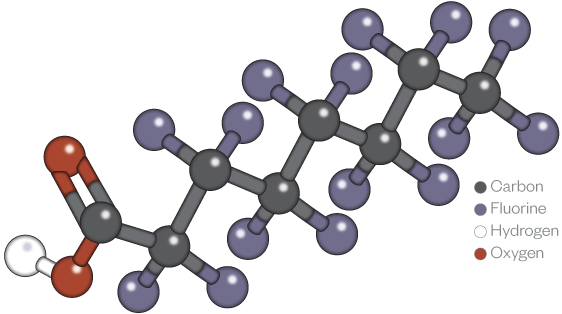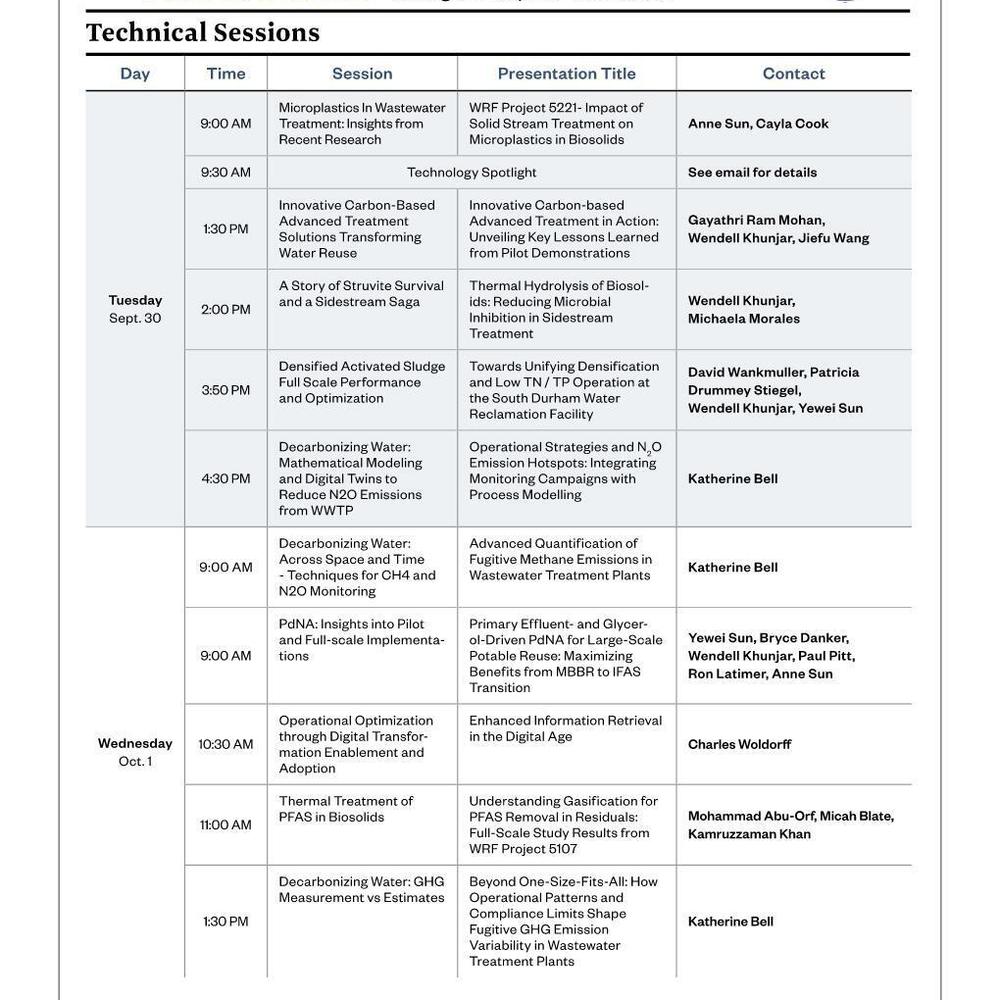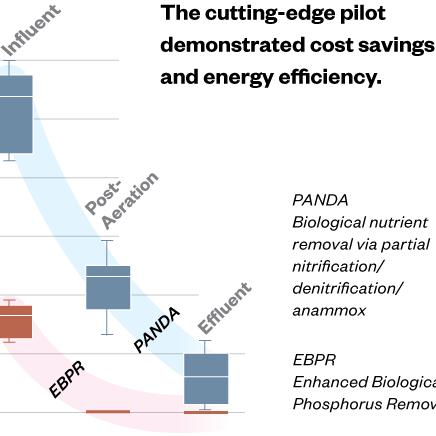PFAS Challenges and Solutions
Comprehending, Exploring, Converging, Engaging
Last Modified Jun 13, 2022
Per- and Polyfluoroalkylated substances (PFAS) are a class of more than 4,900 persistent and bioaccumulative chemicals that are impacting all aspects of the water sector.
Public awareness regarding PFAS and their potential health impacts is also high due to recent media attention. As water industry professionals, we face a rapidly changing regulatory landscape that is evolving to include not only maximum contaminant levels (MCLs) but drinking water health advisories and state-specific standards, potential limitations on wastewater discharge, and possible restrictions on land application of biosolids.
Related Topics:
Addressing the uncertainties associated with PFAS requires a measured approach that balances short-term, cost-effective actions geared towards addressing today’s PFAS regulations with proactive planning to meet long-term PFAS challenges.

Why Are PFAS Important?
Because of their unique water, oil, and flame resistant properties, PFAS are commonly used within consumer products and industrial processes.
PFAS are of environmental and human health concern because they remain in the environment for a long time, are exceptionally mobile, and have a propensity to bioaccumulate. Some PFAS compounds have also been linked to human health impacts, including endocrine impacts, and are potential human carcinogens.

The US EPA has issued a drinking water health advisory level for PFOA and PFOS, two compounds within the PFAS family.
We’ve had success supporting clients from every part of the water cycle using an agile approach focusing on best value solutions unique to each situation. The methodical and intuitive approach addresses PFAS challenges in a manner that facilitates cooperation with regulators and communication with customers – a key aspect of this particular challenge.
Comprehending the PFAS Challenges and Drivers
Exploring Options for PFAS Management












